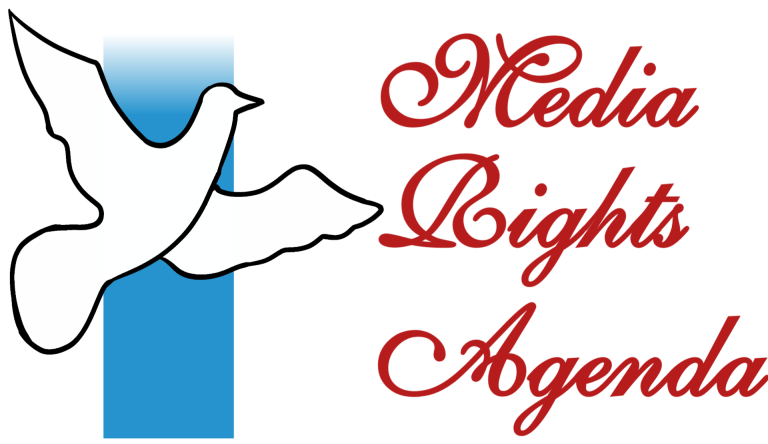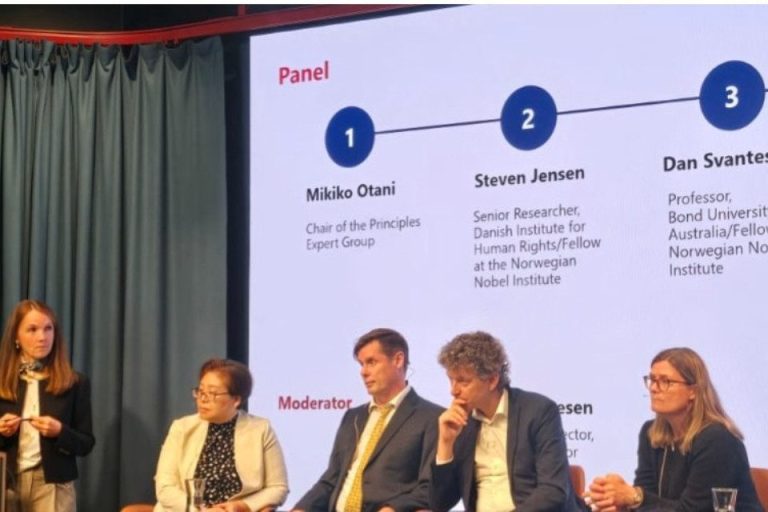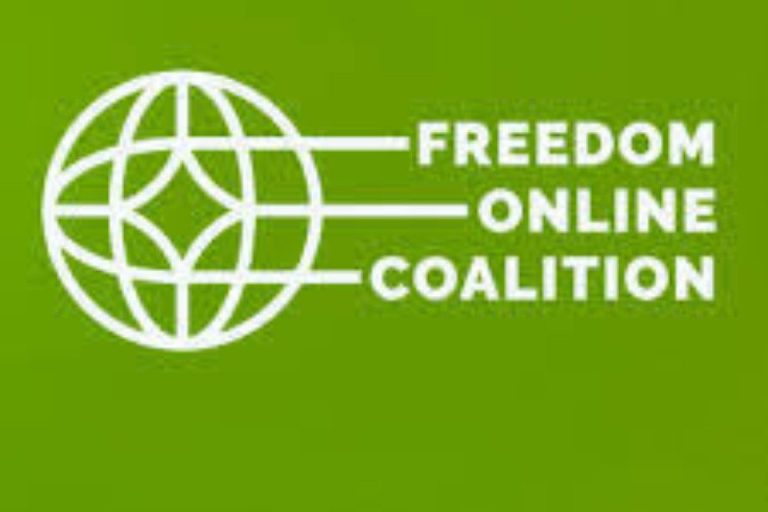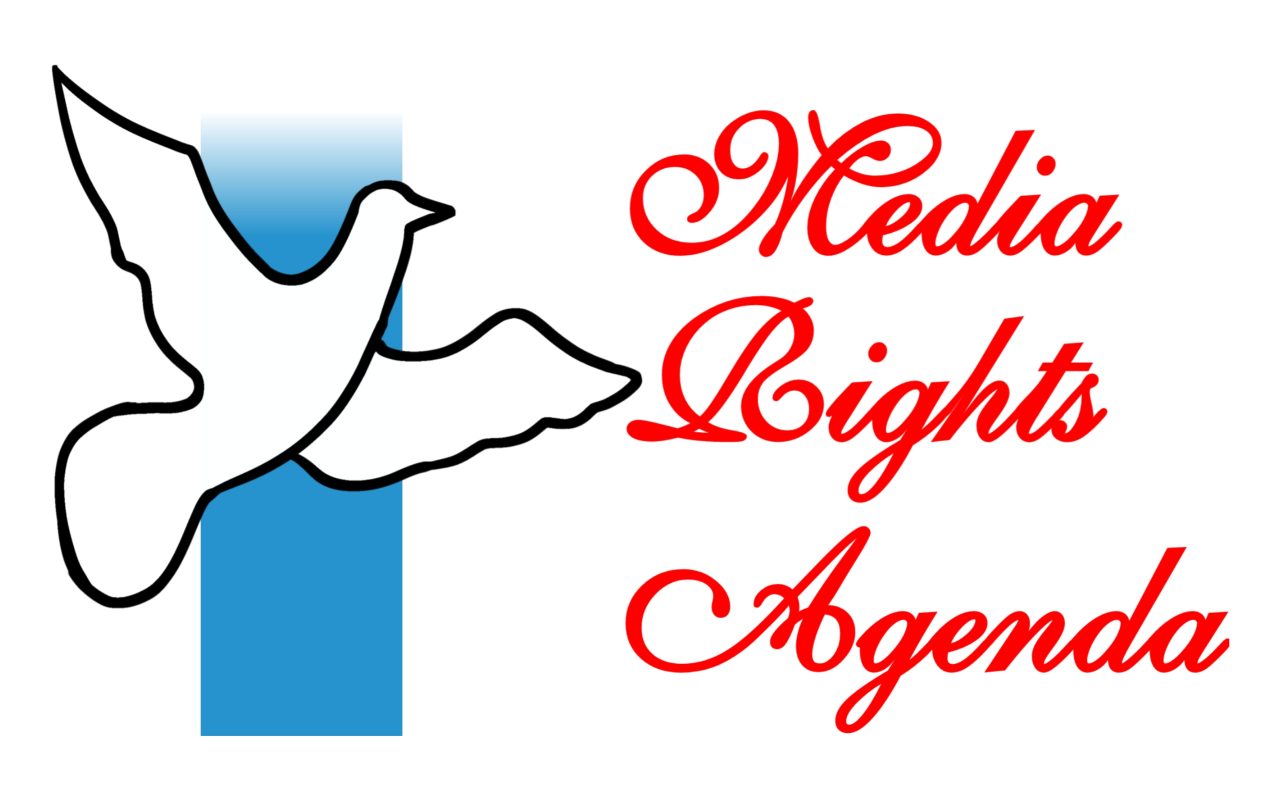The United Nations Educational, Scientific and Cultural Organization (UNESCO) has released a new journalism training resource titled: Journalism, ‘Fake News’ and Disinformation: A Handbook for Journalism Education and Training.

The handbook explores the very nature of journalism with modules on why trust matters; thinking critically about how digital technology and social platforms are conduits of the information disorder; fighting back against disinformation and misinformation through media and information literacy; fact-checking 101; social media verification and combatting online abuse.
This model curriculum is considered an essential addition to teaching syllabi for all journalism educators, as well as practicing journalists and editors who are interested in information and how it is shared and used. It is mission critical that those who practice journalism understand and report on the new threats to trusted information. Political parties, health professionals, business people, scientists, election monitors, and others will also find this handbook useful.
As a result of the political, technological, economic and social transformations that are reshaping the communications landscape and raising many questions about the quality, impact and credibility of journalism, UNESCO has published the model curriculum on a highly topical and significant subject to address these problems.
The new resource is aimed mainly at journalism educators and trainers but is also of direct interest to practicing journalists and everyone interested in the quality of information in circulation.
Political parties, health professionals, businesspeople, scientists, election monitors, NGOs and others will also find useful insight in this publication. The idea is not to prescribe a curriculum but to present knowledge resources for insight and adaptation as each reader sees fit.
For those directly involved in empowering journalists and student journalists, the handbook provides a framework for inquiry, and lessons to help navigate the increasingly murky information environment. It examines the deployment of ‘fake news’ as a term to discredit journalism and sets out an alternative framework covering disinformation and misinformation, and (to a lesser extent) mal-information and emotive propaganda. The lessons are contextual, theoretical and in the case of digital verification, extremely practical. The curriculum falls into two distinct parts: the first three modules frame the problem and give it context, while the last four focuses on responses to ‘information disorder’ and its consequences.
The curriculum additionally shows that journalists also need to ramp up their coverage of disinformation actors, even outside of election times.
It also explains that journalists can partner with others, including communities, in combatting pollution of the information environment.
This new publication by UNESCO is a timely resource and highly topical subject for all those who practice or teach journalism in this Digital Age.
For more details on the handbook, please Download the Print-Friendly version





